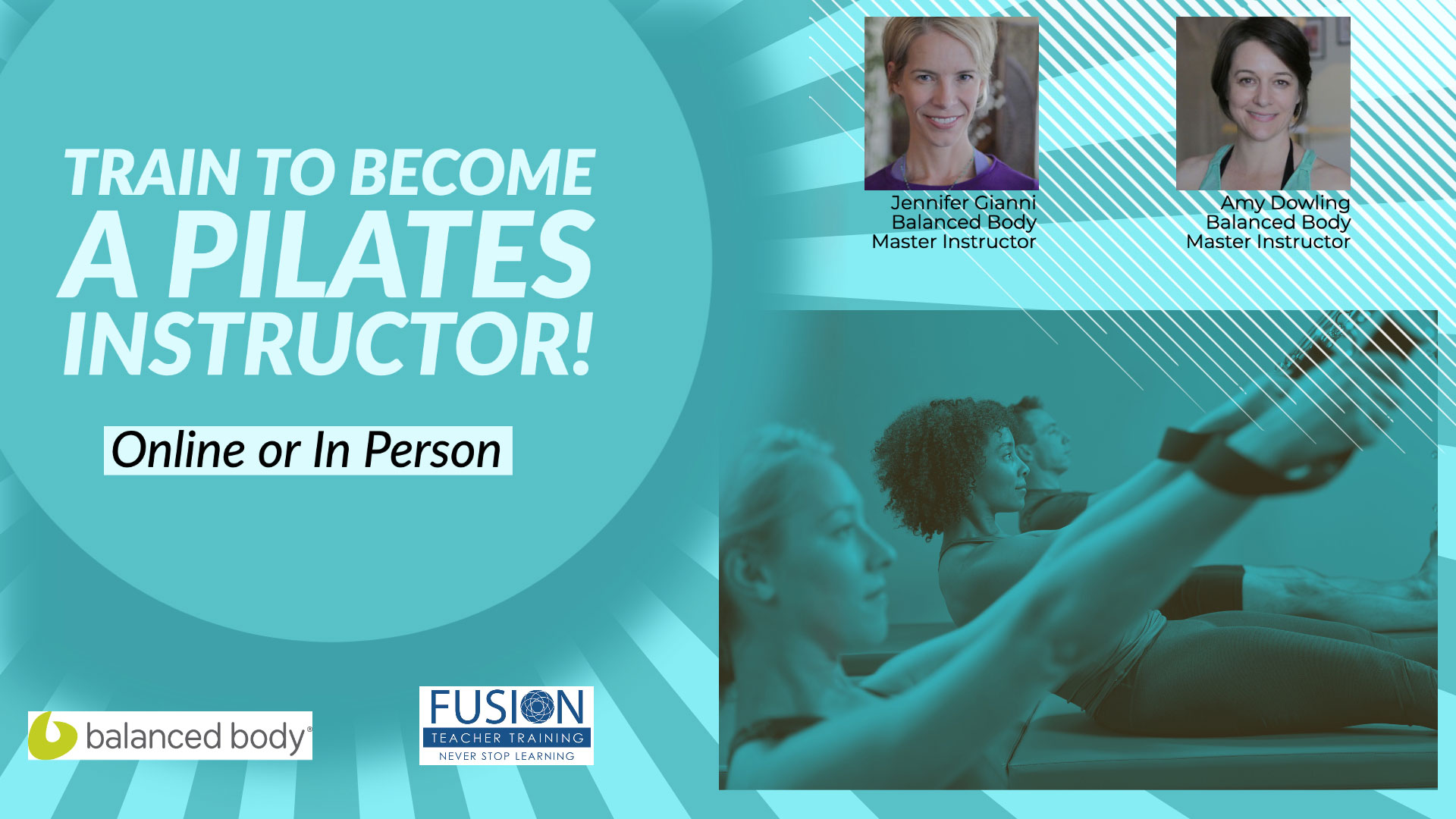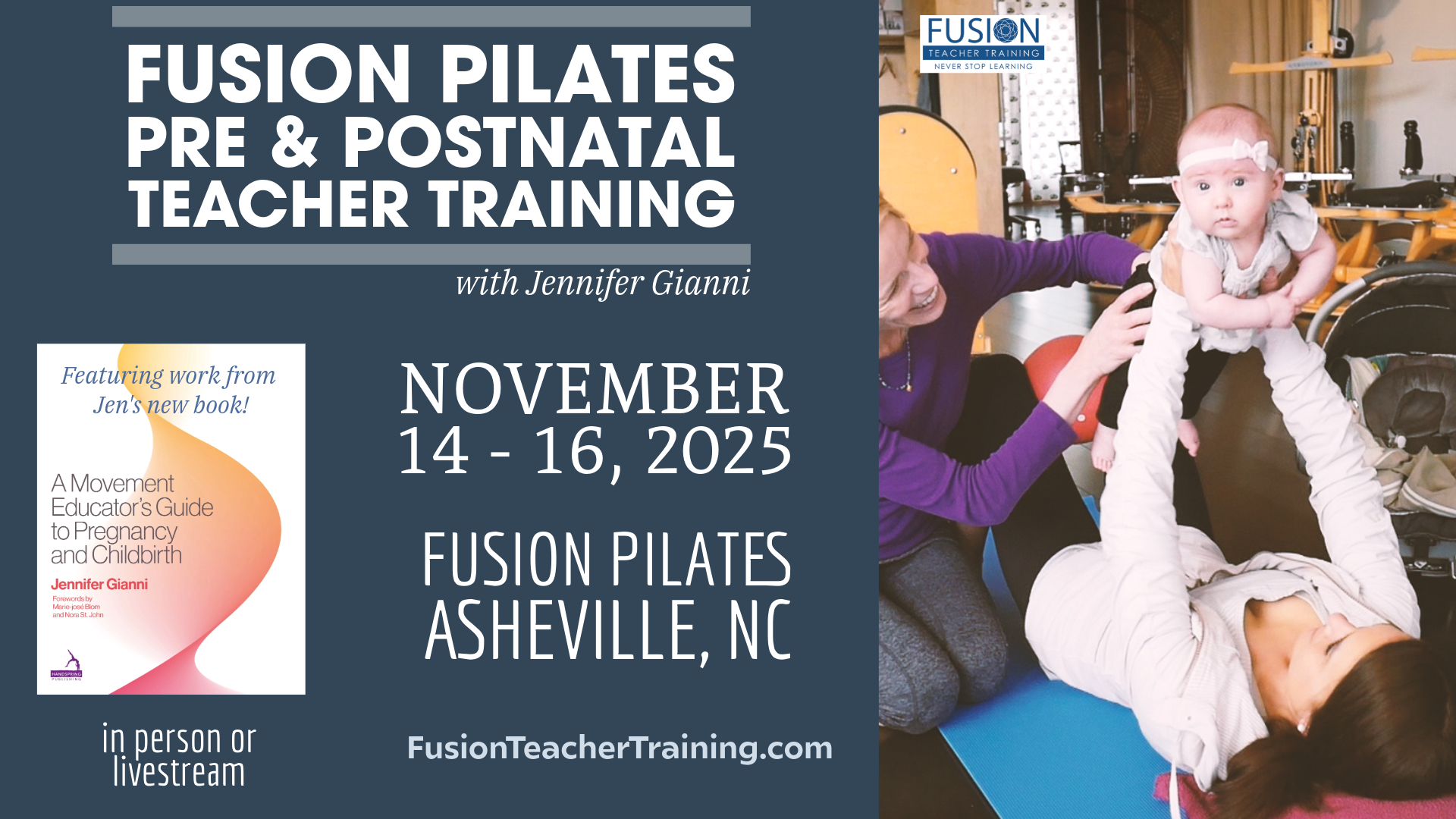With its pliability, roundness, and fluidity of movement, the stability ball lends itself perfectly to supporting and encouraging stretching and opening poses. The next few exercises help to bring awareness and suppleness to our legs and hips that are often over used and in need of this much deserved TLC! Remember these following precautions when going into any stretches.
Stretching under your limit is much better than over your limit. Make each stretch fit your body type and limit. In other words, do NOT ever force a stretch.
This one is derived from the old aerobics days where injuries ran wild. Never bounce into a stretch or jerk out of a stretch.
Be aware of your alignment as you stretch.
Always use tension-free, full breathing to keep tension out of other parts of the body and to help you ease deeper into the pose.
Exercise: HAMSTRING, INNER THIGH AND IT BAND STRETCH
This is a simple but effective and thorough stretch for the legs. If you have time only for one stretch sequence for the legs, then this is it. The opposite leg (the one you are not stretching) rests on the ball. The height of the ball eases the lower back but the wobbliness of the ball makes you pay more attention to where you are in space as you stretch. This will help you build your proprioceptive skills in a very safe pose.
• You can use a strap or towel around the foot or hold onto the leg behind the calf or at the big toe if you can reach comfortably.
• Lie supine on a mat with the ball at your feet.
• Make sure the ball is on the mat for greater stability.
• Drape the left leg over the ball.
• Stretch the right leg to the ceiling to target the hamstring muscles.
• Be sure that the back of the pelvis stays on the floor and the tip of the tailbone keeps reaching toward the mat.
• For the beginner, keep the head down but be sure the shoulders stay away from the ears.
• For more seasoned stretchers, the head and shoulders can roll toward the knee if you can keep the shoulders down.
• Hold the stretch for 20 to 30 seconds, breathing deeply.
Next:
• If you have a strap around the foot, bring the strap into the right hand.
• Let the right/straight leg move to the side targeting the adductor (inner thigh) muscles.
• Make sure that the left side of the back of the pelvis does not leave the floor.
• You might have to drop the leg down less far to keep both sides of the back of the pelvis anchored.
• Hold for 20 to 30 seconds breathing deeply.
• Next, slowly bring the leg back to center, bring the strap into the left hand, and slowly cross the right leg over the body but try to keep the right hip on the floor. In this way, you will target and stretch the iliotibial band (IT band) on the outside of the leg.
• Be sure the shoulders are staying away from the ears.
• Hold for 20 to 30 seconds breathing deeply.
• Switch sides.
Exercise: PSOAS STRETCH
Because of all the sitting and driving we do in our culture, the front of our hips get very tight. Opening the front of the hips helps to keep the stress out of the lower back and keeps us moving more fluidly.
• For more stability you can place your mat and ball close to the wall.
• With the ball in front of you, slide the left leg back behind you with the knee on the floor.
• If you have sensitive knees, place a blanket underneath this left knee.
• Bring the right leg to the front with the knee bent and the foot by the ball.
• Imagine you could bring the tailbone between the legs as you lift the belly up toward the face.
• Breath deeply.
• If you want to ease into it a little more, allow the ball to roll slightly forward.
• Hold for 20 to 30 seconds.
• For an even deeper stretch, curl the toes of the back leg and straighten the leg without lifting the hips too high.
• Keep imagining the tailbone going between the legs as the belly lifts toward the face.
• With either the knee down or the leg extended, you can add a side bend that will deepen the opening in the left front of the hip.
• Keeping the right hand on the ball, lift the left hand to the ceiling and straighten the arm.
• Exhale and side bend to the right, fanning the left ribcage open.
• Be sure the hips stay square to the front as you side bend.
• Switch sides.
Exercise: QUADRICEPS STRETCH
• Start seated on your ball at the end of your mat facing toward your mat.
• Gently walk the feet out one at a time until the head and shoulders are resting on your ball and the knee is right over the ankle.
• In this position, press the hips to the ceiling.
• The eye focus should stay to the ceiling.
• Keeping the hips lifted and the head and shoulders on the ball, move one foot closer into the ball and allow that knee to point toward the floor. To get into this position, you may need to put your fingertips on the floor.
• You will be on the ball of the foot with the heel lifted in order to point the knee toward the floor and target the quadriceps.
• Hold for 20 seconds and then switch sides.
• To go further into the stretch, bring the legs back to the tabletop position.
• From there, walk the legs out to a long position and extend the back and head and arms (if comfortable) over the ball.
• This long stretch is a full body stretch and allows the front of the hips to fully open.
• To come out of this long stretch, gently bring the chin to the chest as you walk one foot at a time into the ball, slowly sitting up.
~ by Jennifer Gianni
We hope you enjoyed these tips. Let us know what you thought!





Leave A Reply (No comments So Far)
Please - comments only. All Pilates questions should be asked in the Forum. All support questions should be asked at Support.
You must be logged in to post a comment.
No comments yet.